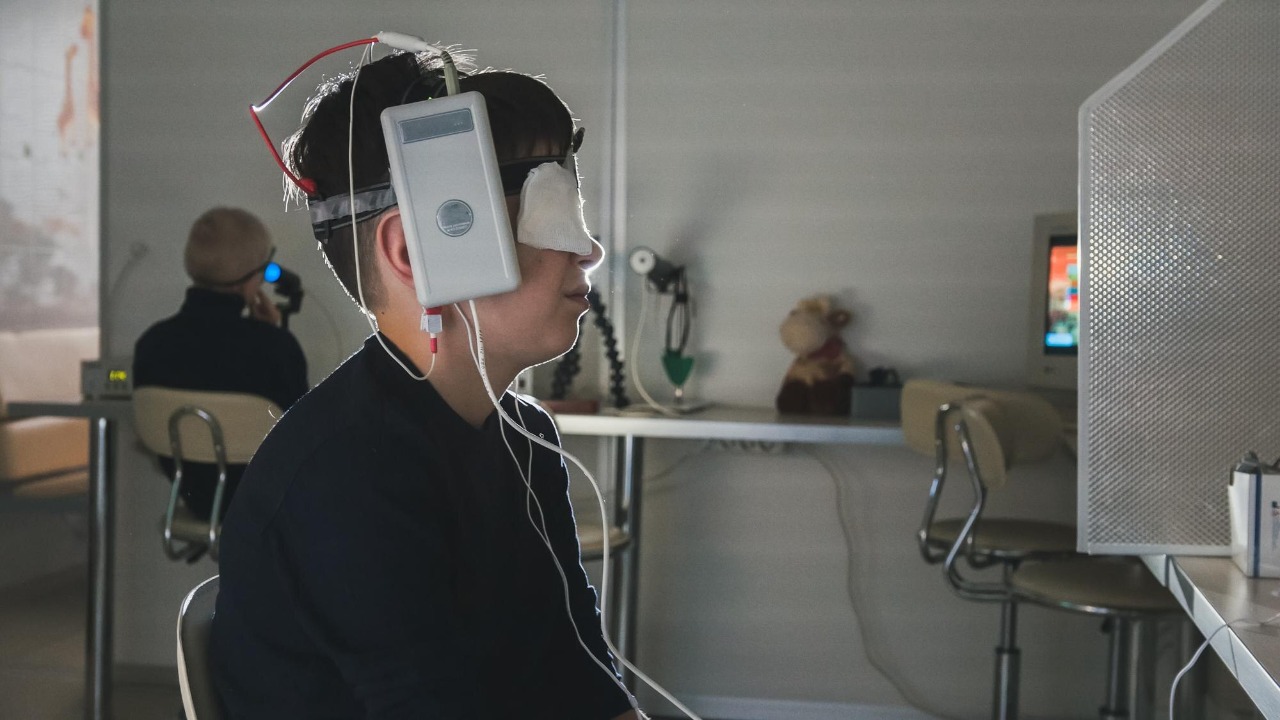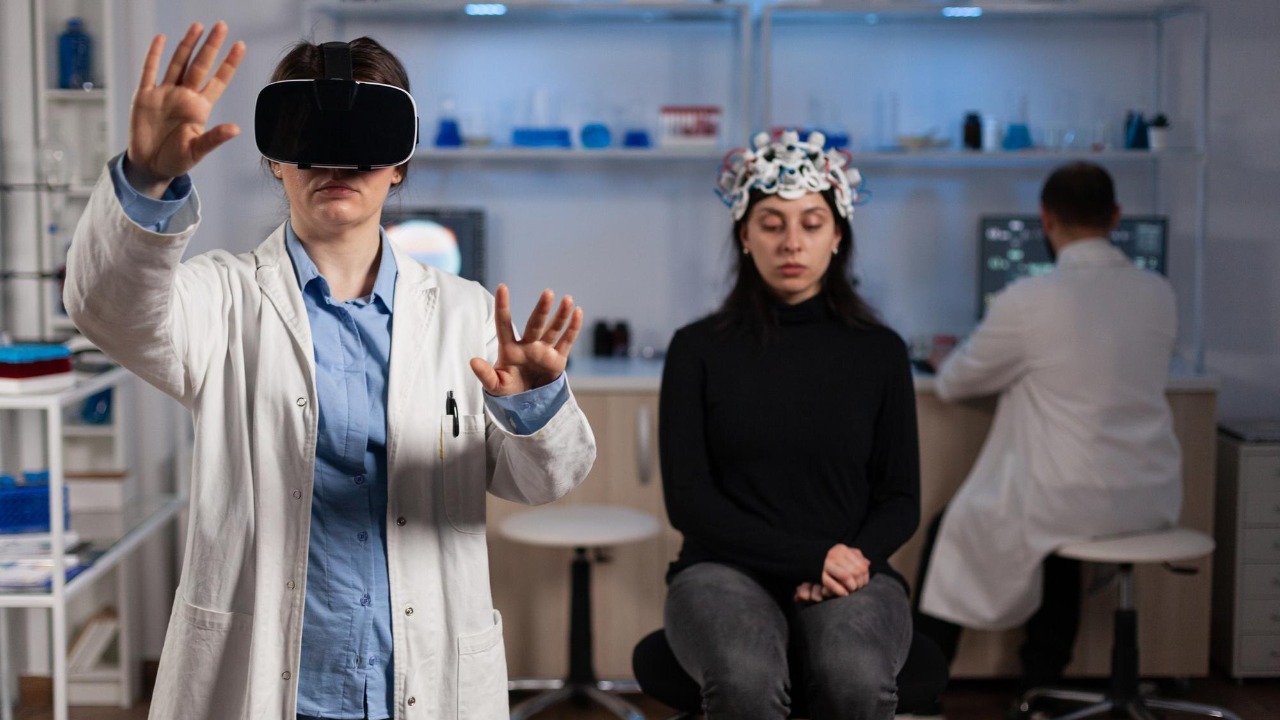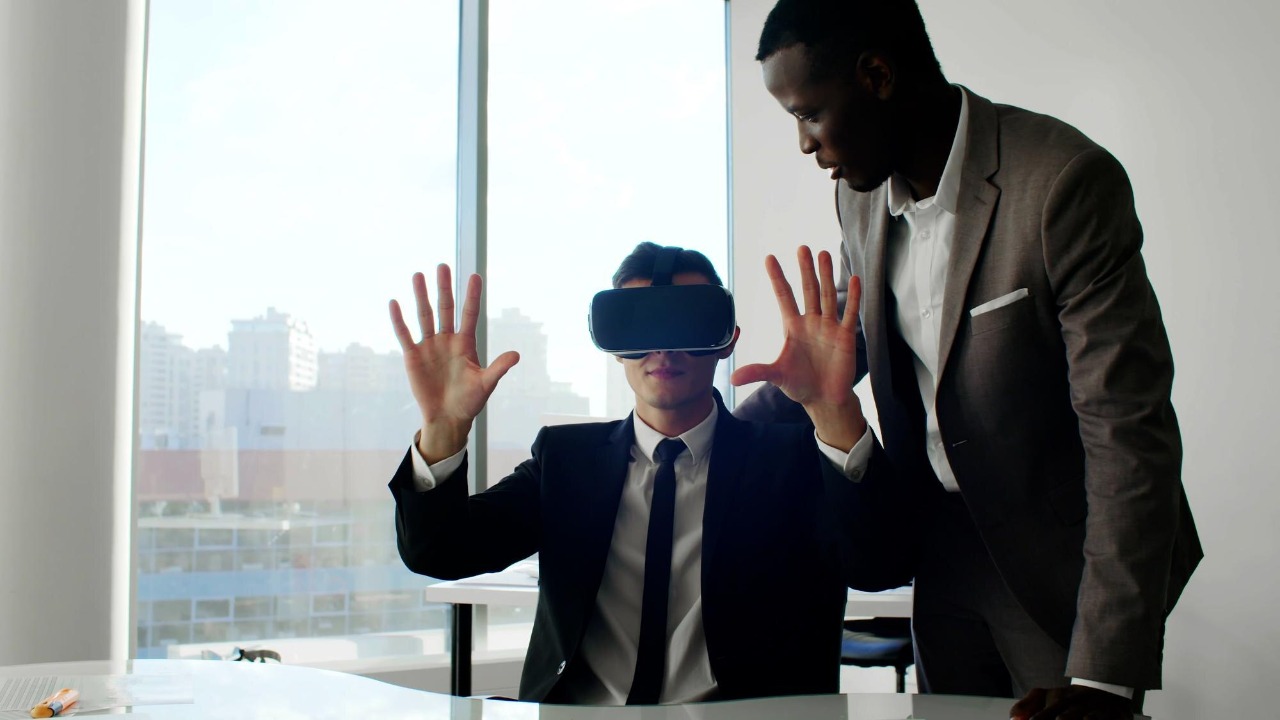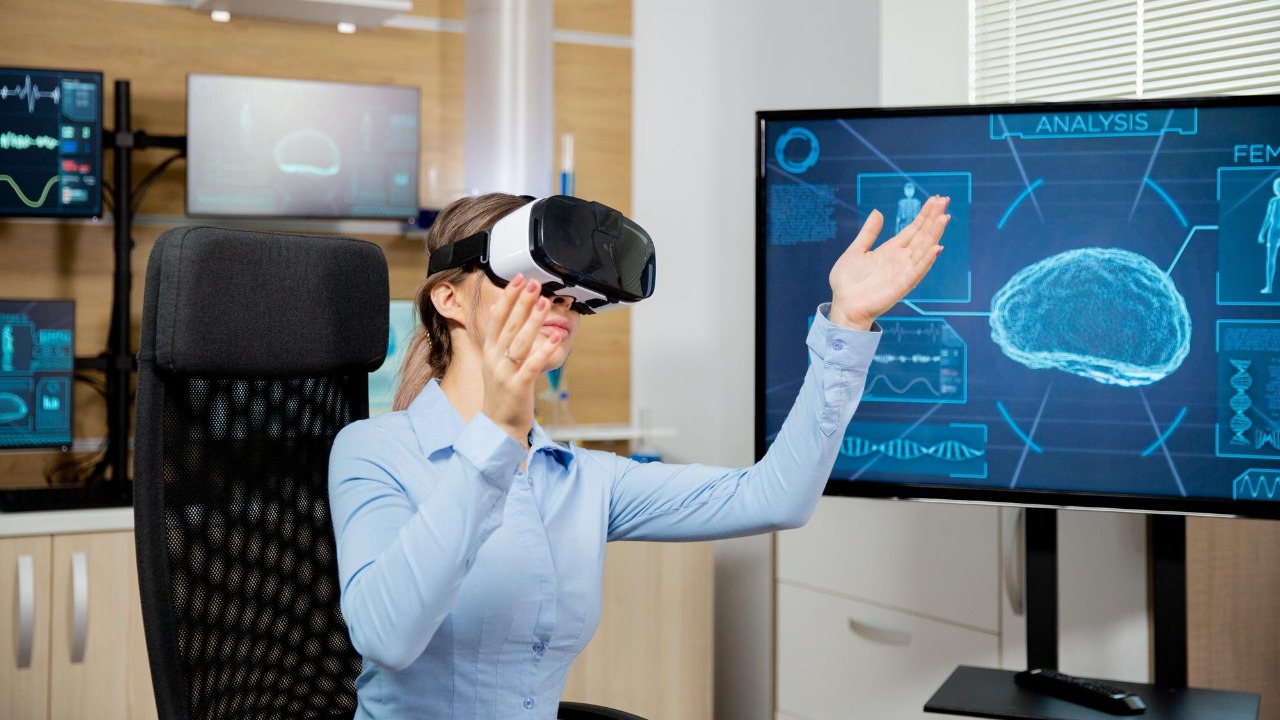
Virtual Reality (VR) headsets have evolved beyond immersive gaming and entertainment devices into sophisticated tools capable of capturing brainwave data during sessions. This development opens new avenues for mental health treatment, user experience enhancement, and innovative applications in various fields. By leveraging neurofeedback, VR technology is poised to revolutionize how we interact with digital environments and monitor cognitive states.
Technological Foundations of Brainwave Capture in VR

Integration of EEG Sensors
The integration of EEG sensors into VR headsets marks a significant technological advancement, enabling these devices to capture brainwave data. Electroencephalography (EEG) sensors are embedded into the headsets to monitor electrical activity in the brain. These sensors detect various brainwaves, such as alpha, beta, delta, gamma, and theta waves, each associated with different cognitive states ranging from relaxation to heightened focus. The seamless incorporation of EEG technology into VR headsets is crucial for capturing accurate brainwave data during VR sessions.
Data Processing and Analysis
Processing and analyzing brainwave data in real-time presents both opportunities and challenges. Advanced algorithms are employed to interpret the data, converting raw signals into meaningful insights. The primary challenge lies in ensuring the accuracy and reliability of the captured data, as external factors like headset fit and user movement can affect the readings. Nonetheless, continuous improvements in machine learning techniques are paving the way for more precise data interpretation, enhancing the usability of brainwave capture in VR environments.
Hardware and Software Synergy
The synergy between hardware and software is pivotal in enhancing the efficiency of brainwave data capture. Sophisticated software algorithms work in tandem with EEG sensors, ensuring seamless integration and improving the overall user experience. This synergy not only facilitates accurate data collection but also ensures that users remain comfortable and engaged during VR sessions. As VR technology advances, the importance of this integration cannot be overstated, particularly as developers strive to create more intuitive and responsive VR environments.
Applications in Mental Health and Therapy

Neurofeedback in Therapeutic Settings
Neurofeedback therapy, facilitated by VR headsets, is gaining traction in mental health treatment. By utilizing brainwave data, therapists can provide real-time biofeedback to patients, helping them learn to regulate their own brain activity. This approach has shown promising results in treating conditions such as anxiety and PTSD. For instance, a study demonstrated how VR-based neurofeedback therapy significantly reduced symptoms of anxiety, providing hope for broader applications in mental health care. Read more about the study here.
Personalized Mental Health Interventions
The ability to capture and analyze brainwave data paves the way for personalized mental health interventions. By tailoring VR environments to individual cognitive states, therapists can create customized therapeutic experiences. This personalization is particularly beneficial for developing targeted treatment programs, allowing for adjustments based on real-time feedback from brainwave data. As a result, patients receive therapy that is more aligned with their specific needs, enhancing its effectiveness and potential for long-term success.
Monitoring and Enhancing Cognitive States
VR technology offers innovative techniques for monitoring and enhancing cognitive states such as stress, focus, and relaxation levels. By analyzing brainwave data, VR applications can provide insights into a user’s mental state, offering opportunities for cognitive performance improvement. This capability has significant implications for mental wellness, enabling individuals to better understand and manage their cognitive health. As the technology matures, the potential for integrating these insights into daily life is considerable, promising substantial benefits in personal and professional contexts.
Enhancing User Experience in VR Environments

Adaptive Content Based on Cognitive States
One of the most exciting possibilities of using brainwave data in VR is the creation of adaptive content. By understanding a user’s cognitive state, VR experiences can dynamically adjust in real-time, enhancing engagement and immersion. For instance, if a user’s brainwaves indicate increased stress, the VR environment can modify itself to promote relaxation, such as by changing the scenery or music. This level of adaptability ensures that users remain immersed and engaged, significantly enhancing the overall VR experience.
Immersion and Interaction Improvements
Brainwave data plays a crucial role in creating more immersive VR experiences. By responding to a user’s cognitive and emotional states, VR environments can offer a level of interaction previously unattainable. Imagine a VR game that adjusts its difficulty based on a player’s focus levels or a virtual meeting space that changes ambiance to improve concentration. These possibilities highlight the transformative potential of integrating brainwave data into VR, promising more interactive and responsive digital environments.
User Feedback and Experience Optimization
Gathering and analyzing brainwave data provides valuable feedback on user experience, offering insights that can drive iterative design improvements. Developers can use this data to better understand how users interact with VR environments and identify areas for enhancement. Strategies such as neurofeedback-driven design adjustments can lead to more user-friendly and effective VR applications. This feedback loop is essential for refining VR experiences, ensuring they meet the evolving needs and expectations of users. Learn more about these strategies here.
Ethical Considerations and Privacy Concerns

Data Privacy and Security
As brainwave data becomes integral to VR experiences, ensuring its privacy and security becomes paramount. The sensitive nature of this data necessitates robust protocols to protect users from unauthorized access and misuse. Current regulations and policies must evolve to address these challenges, safeguarding user data while enabling the continued advancement of VR technology. The importance of maintaining user trust cannot be overstated, as any breach could undermine the credibility and adoption of VR brainwave applications.
Informed Consent and User Rights
Obtaining informed consent for the collection and use of brainwave data is a critical ethical consideration. Users must be fully aware of what data is being collected, how it will be used, and their rights regarding access and control. Ensuring transparency in these practices is essential for building trust and fostering a positive relationship with users. Additionally, discussions around user rights must continue to evolve, keeping pace with technological advancements to ensure fair and equitable treatment of all VR users.
Potential for Misuse and Ethical Dilemmas
The potential misuse of sensitive brainwave information poses significant ethical dilemmas. As VR technology becomes more widespread, the risk of exploitation or manipulation of brainwave data increases. Ethical considerations must be at the forefront of any commercial application, with clear guidelines and oversight to prevent misuse. The balance between innovation and ethical responsibility is delicate, requiring ongoing dialogue and collaboration among stakeholders to ensure that VR technology is used for the benefit of all.
Future Prospects and Innovations

Advancements in Brain-Computer Interfaces
Research in brain-computer interfaces (BCIs) is set to enhance VR brainwave capture capabilities significantly. As BCI technology continues to evolve, we can expect more sophisticated and accurate data capture, leading to improved applications in VR. These advancements will not only refine current uses but also open new possibilities for brainwave integration in various domains. The future of BCI holds immense promise for transforming how we interact with digital environments, making them more intuitive and responsive to our cognitive states.
Expanding Applications Beyond Entertainment
The potential for VR and brainwave data extends beyond entertainment, with emerging opportunities in education and training. By leveraging brainwave data, educational VR applications can adapt to student engagement levels, offering personalized learning experiences. Similarly, training programs can tailor content based on cognitive feedback, enhancing skill acquisition and retention. As VR technology becomes more integrated into everyday life, its applications for cognitive enhancement will continue to grow, providing valuable tools for personal and professional development.
Predictions for Market Growth and Development
The market for VR brainwave technology is poised for significant growth, driven by ongoing innovation and increased demand for immersive experiences. As developers continue to explore the possibilities of brainwave integration, we can expect a surge in adoption across various sectors. The impact of this technology will be profound, shaping the future of VR and its role in society. The journey of VR brainwave technology is just beginning, with exciting developments on the horizon that promise to redefine our interaction with digital environments. Explore more about market predictions here.